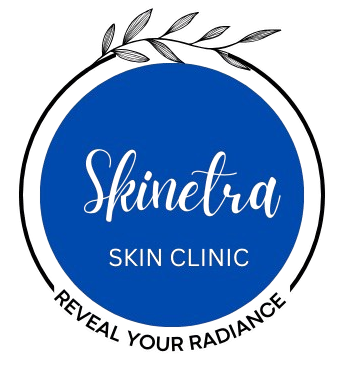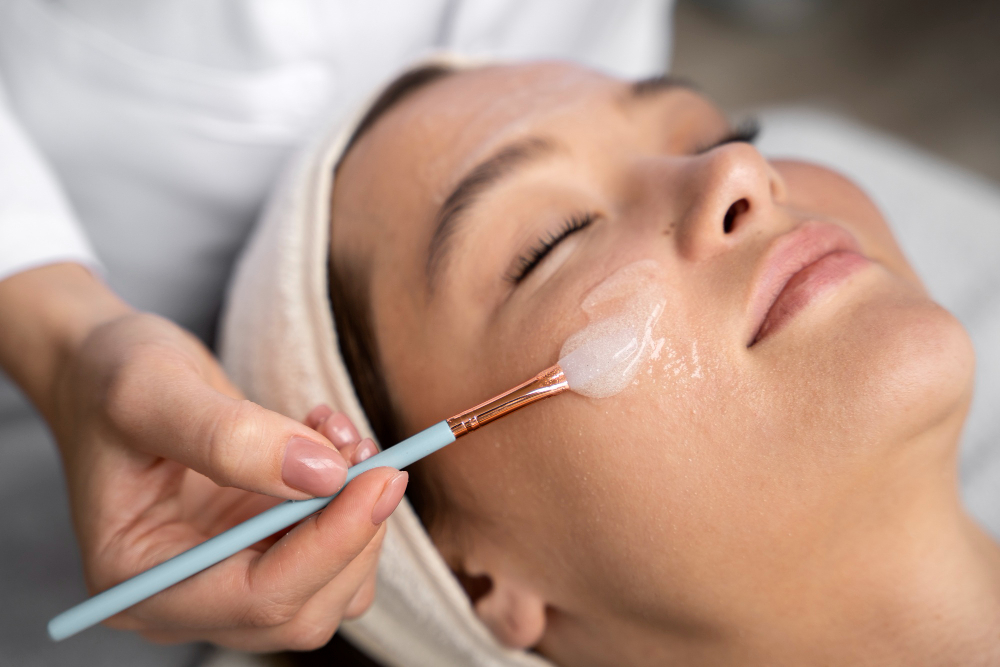What is Chemical Peeling?
Chemical peeling is a popular skin treatment. It uses a special solution to remove the top layers of skin. As a result, new, smoother skin grows in its place. Many people choose chemical peeling for skin rejuvenation. This treatment can help improve the look of your skin. According to the American Academy of Dermatology, chemical peels are safe when done by trained professionals.
Types of Chemical Peels
There are different types of chemical peels. Each type works at a different depth. Therefore, your dermatologist will help you choose the best one for your skin.
Benefits of Chemical Peeling
Chemical peeling offers many benefits. For example, it can help with:
Because of these benefits, many people choose chemical peels for skin rejuvenation. The results can make your skin look fresher and brighter.
The Chemical Peel Procedure: What to Expect
Before the chemical peel procedure, your dermatologist will clean your skin. Next, they will apply the chemical solution. You may feel a mild stinging or burning. However, this feeling usually goes away quickly. The treatment can take 15 to 60 minutes, depending on the type of peel. After the peel, your skin may look red or feel tight. But this is normal and should improve in a few days.
Risks and Side Effects
Although chemical peeling is safe for most people, there are some risks. According to the Mayo Clinic and CDC, possible side effects include:
Because of these risks, it is important to follow your dermatologist’s advice closely. Always choose a certified professional for your chemical peel procedure.
Aftercare and Recovery Tips
Proper aftercare is key for good results. Here are some tips for chemical peel aftercare:
With good aftercare, your skin will heal faster and look better. If you notice any unusual symptoms, contact your doctor right away.
Who Should Avoid Chemical Peeling?
Chemical peeling is not for everyone. Some people should avoid this treatment, such as:
Always talk to your dermatologist before getting a chemical peel. They can help you decide if it is safe for you.
Frequently Asked Questions
For more information, consult trusted sources like the American Academy of Dermatology or the World Health Organization.
Consult a certified dermatologist for personalized advice on chemical peeling.

